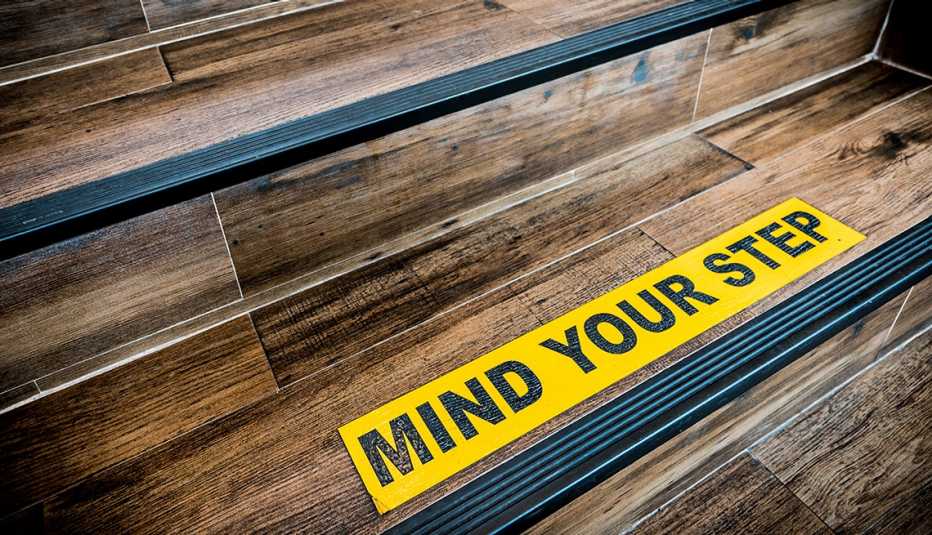Staying Fit


Here’s a sobering statistic: According to the Centers for Disease Control and Prevention (CDC), about 1 in 4 adults age 65 or older will take a fall at least once a year. One out of 5 of those wipeouts will cause serious injury or worse: Impaired vision more than doubles the risk you’ll take a tumble.
“Balance is controlled mostly by vision,” explains Pamela Beach, professor of motor behavior and codirector of the Institute of Movement Studies for Individuals with Visual Impairments at SUNY Brockport. “Seventy percent of the sensory receptors in our bodies are located in our eyes. When you lose vision, you’re losing much of that critical information, which makes it more likely that you’re going to lose your balance.”
Check out these strategies for staying on your feet, which are particularly useful if your vision is poor.


AARP Membership— $12 for your first year when you sign up for Automatic Renewal
Get instant access to members-only products and hundreds of discounts, a free second membership, and a subscription to AARP the Magazine.
1. Give your rooms the once-over
“On slippery floors, use rugs with nonslip padding under them,” suggests Natalie Baker, president of the Gerontological Advanced Practice Nursing Association. Clear trip hazards, such as power cords and clutter. Install handrails along stairways or steps going to your house, the garage, basement or second floor. Place contrasting anti-slip tape to the edge of steps so they stand out, and use contrast to distinguish items, like a dark bath mat with rubber backing on a light floor (see this resource for more home-safety ideas).
An occupational therapist or certified aging-in-place specialist (CAPS) can suggest modifications to make your home safer, says Baker. Contact the National Association of Home Builders (800-368-5242) or go to its website, nahb.org, and look under Find a Certified Aging-in-Place Specialist. AARP also has a checklist of safety improvements you can make to prevent falls in your home
2. Light the way
Illuminate pathways inside and outside your house. “Use night-lights or sensor-motion lights for navigating in the dark,” says Baker, particularly in hallways and in the bathroom. Add toe-kick lights around kitchen islands or cabinets, and motion-sensor night lighting to illuminate a path inside or outside your home. Put lights on timers so they automatically come on at dusk. Invest in smart technology, like Alexa or Google Home, to set up voice-activated assistance that allows you to use your voice to turn on a light when entering a dark room. Install overhead lighting to eliminate shadows in rooms, and open curtains or blinds during the day to let in natural light.

































































More From AARP
Yoga Moves to Improve Hip Health
Protect yourself from pain and disability with simple exercises you can do at homeBalancing Act: 5 Exercises to Help Restore Strength and Coordination
The pandemic isolation we faced this year could be costing us muscle tone and agilitySix Ways to Be Good to Your Knees
Things you can do to keep these critical joints healthy and pain free